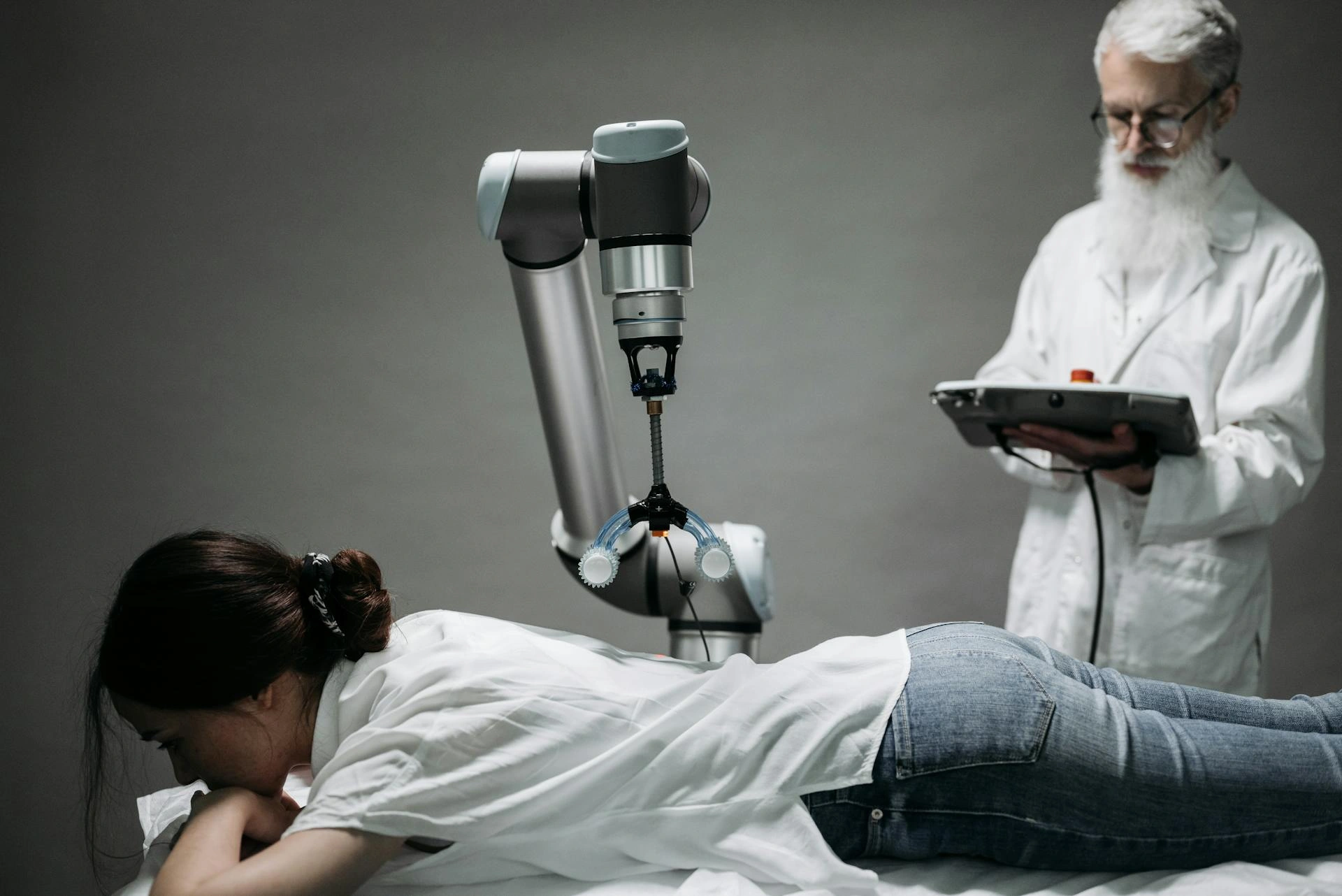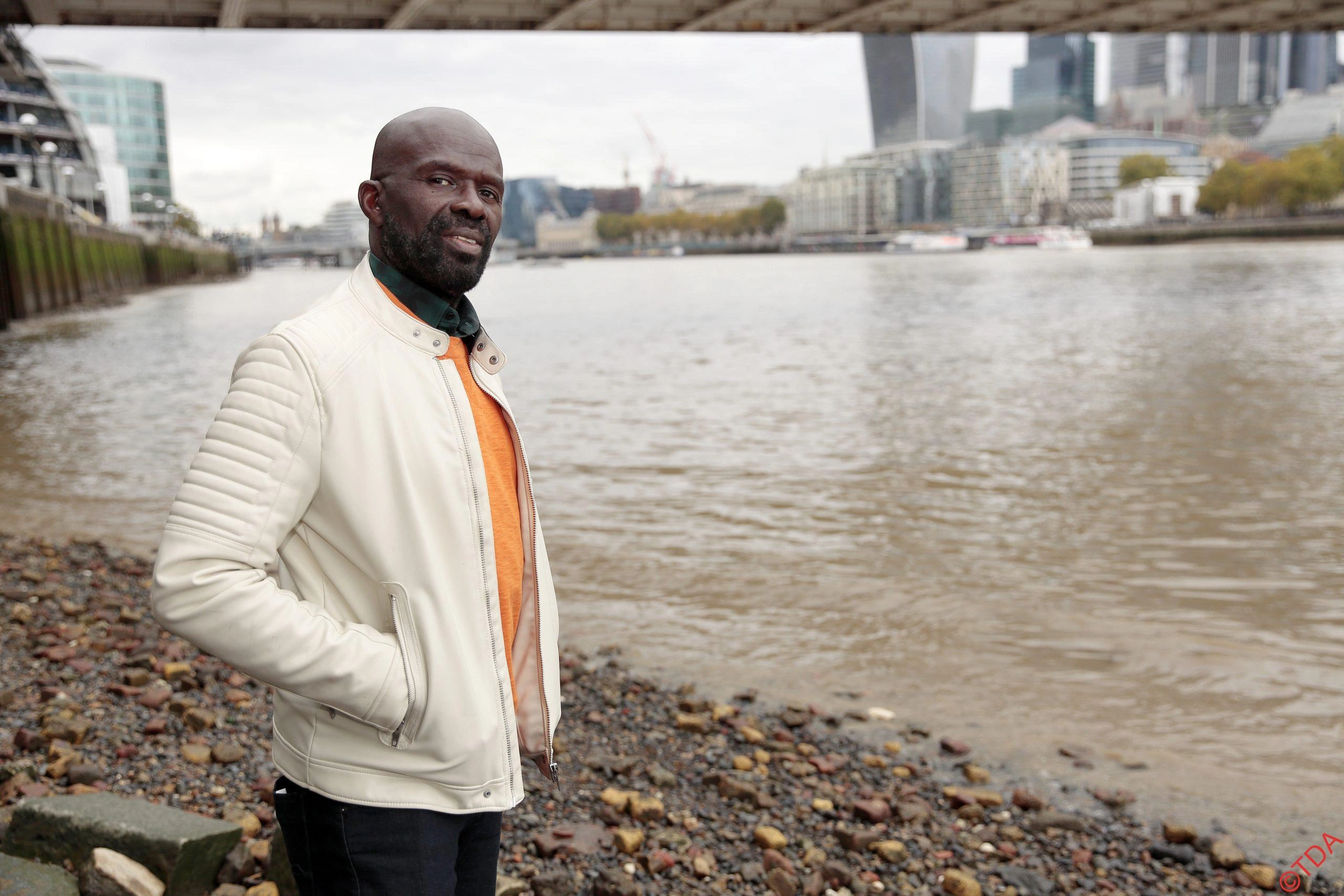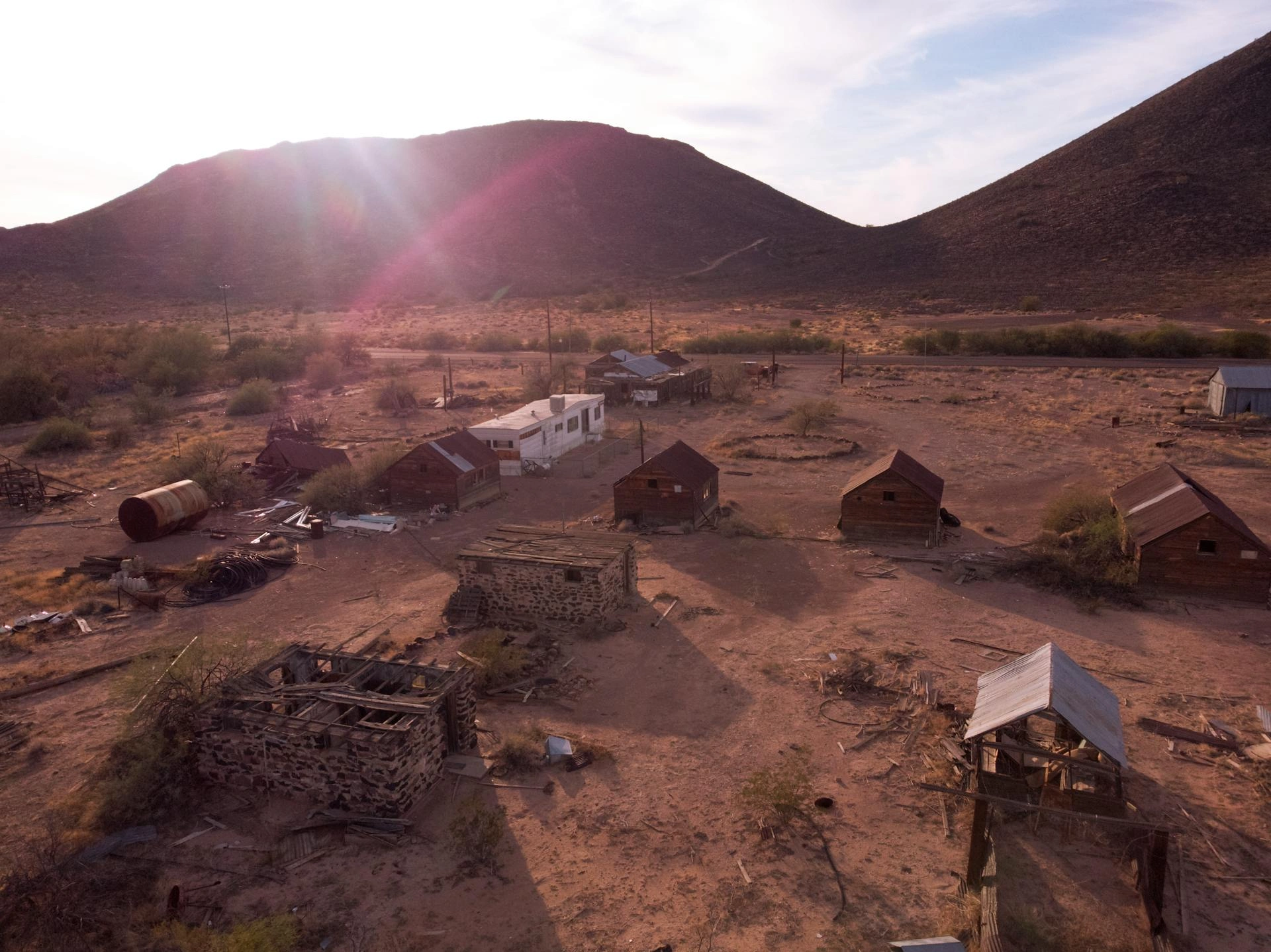No Snowflakes: Clarkson and May ‘True Polar Explorers’

Dr Linda Parker
- Published
- Home, Opinion & Analysis, Travel and Lifestyle
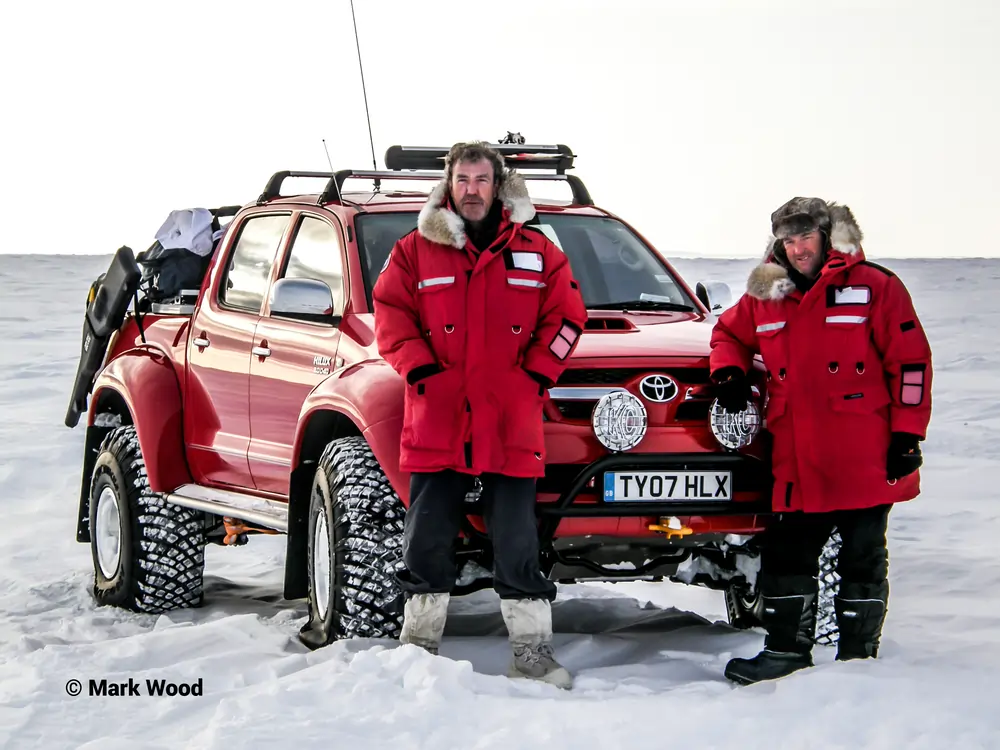
Like it or loathe it, Top Gear’s 2007 motorised assault on the North Pole marked a watershed moment in polar exploration, writes the renowned historian Dr Linda Parker
On 12th April this year, the cosmonauts Mikhail Kornienko, Alexander Lynnik, and Denis Efremov leapt out of an Ilyushin Il-76 aircraft 10,000m above the icy wastes of the North Pole. The stratospheric air at the Pole is too thin to support a parachute, so the trio had to freefall for a full two minutes – in temperatures of minus 70 degrees Celsius – before their canopies could open. When they landed, safely, at the Barneo Polar base, a temporary inhabited camp near the North Pole, the men had made history after completing the world’s first stratospheric jump over one of the Polar regions.
I have already heard it said that the record those cosmonauts set is less impressive than the feats accomplished in the so-called ‘glory days’ of Polar exploration. How can parachuting to the North Pole – a ‘stunt’, at best, surely – be compared to the gruelling, bona fide expeditions of yesteryear?
It is tempting to look back at polar exploration with rose-tinted, romanticised spectacles. But the truth is that every single adventurer who has set foot at or flown over either Pole relied on and employed the latest technology and innovations to aid their objective. This dates back to the beginning of the 20th-Century, the ‘heroic age’ of polar exploration, when the likes of Captain Robert Scott, Ernest Shackleton, John Franklin, Robert Peary, Frederick Cook, and Roald Amundsen were each competing for fame and glory at the top and bottom of the planet. Those men did not have the relative luxury of GPS and modern equipment and clothing, but nor did that mean they set off without at least some of the best kit available at that time. Early expeditions were a source of fiercely-competition national pride and had substantial – and in some cases, almost limitless – financial backing. Anything that may have helped would have been acquired.
I’m frequently asked whether Captain Scott et al would have accepted navigational aids and motorised vehicles like those we use today had they been on offer. The answer, of course, is a resounding ‘yes’. Why would they not? Those early explorers, much like today, were media giants with publishing deals, paid speaking gigs, and back-to-back public appearances. Success meant everything.
This is all not to say that all polar feats are equal in terms of physicality. The British explorers Ranulph Fiennes and Mike Stroud, for instance, were the first people to cross Antarctica entirely on foot and unsupported. By any objective measure, this was a more arduous challenge than parachuting to the North Pole, regardless of the frostbite and obvious dangers those cosmonauts faced that day, and a substantially easier undertaking than driving to it a la Jeremy Clarkson.
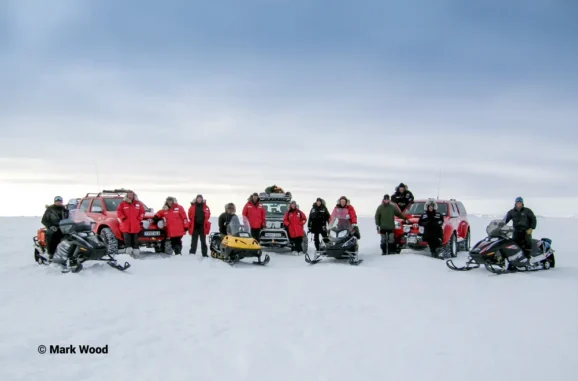
For anyone who missed it, Clarkson and Top Gear co-presenter James May team travelled in a modified Toyota Hilux, complete with folding toilet seat and cocktails, to the magnetic North Pole in 2007. Their goal was to prove that cars could make polar exploration quicker and more luxurious than traditional means of travel like dog sled.
Events were dramatized and the team were reportedly some way off the true magnetic North Pole when they arrived. But prove a point, they did. Like it or loathe it, the Top Gear expedition was a watershed moment in the development of Polar research and exploration. Light-hearted and comedic as it was, Clarkson and May’s attempt was in many ways in the same tradition of the early pioneers. Yes, they had support vehicles and camera crews in tow, and yes, they no doubt had some of the best technological innovations available to them. But was Clarkson’s mindset really so different to that of the early 20th-Century explorers? Their journeys, financial backers, and equipment were different, certainly, and the risk of physical injury and death substantially smaller, but their ‘derring do’ attitude – one shared by the Russian cosmonauts, no doubt – is common to all who have set foot in a polar region. In the annals of history, true explorers push the boundaries of what is possible, and Clarkson, May, and Kornienko et al did just that. It pains me to say it, but in the long annals of history, the Top Gear presenters will go down as true explorers and pioneers.
I for one hope a Toyota Hilux, or anything like it, never gets near the Pole again. But as technology continues to advance at breakneck speeds, the chances are slim. A new era of polar exploration has arrived – and I’m secretly quite excited by it.

Dr. Linda Parker is widely considered to be one of Britain’s leading polar and military historians. She is the author of six acclaimed books, an in-demand public speaker, the co-founder of the British Modern Military History Society, and the editor of Front Line Naval Chaplains’ magazine, Pennant, which examines naval chaplaincy’s historical and contemporary role.
Images © Mark Wood
Sign up to The European Newsletter
RECENT ARTICLES
-
 Why social media bans won’t save our kids
Why social media bans won’t save our kids -
 This one digital glitch is pushing disabled people to breaking point
This one digital glitch is pushing disabled people to breaking point -
 Japan’s heavy metal-loving Prime Minister is redefining what power looks like
Japan’s heavy metal-loving Prime Minister is redefining what power looks like -
 Why every system fails without a moral baseline
Why every system fails without a moral baseline -
 The many lives of Professor Michael Atar
The many lives of Professor Michael Atar -
 Britain is finally having its nuclear moment - and it’s about time
Britain is finally having its nuclear moment - and it’s about time -
 Forget ‘quality time’ — this is what children will actually remember
Forget ‘quality time’ — this is what children will actually remember -
 Shelf-made men: why publishing still favours the well-connected
Shelf-made men: why publishing still favours the well-connected -
 European investors with $4tn AUM set their sights on disrupting America’s tech dominance
European investors with $4tn AUM set their sights on disrupting America’s tech dominance -
 Rachel Reeves’ budget was sold as 'fair' — but disabled people will pay the price
Rachel Reeves’ budget was sold as 'fair' — but disabled people will pay the price -
 Billionaires are seizing control of human lifespan...and no one is regulating them
Billionaires are seizing control of human lifespan...and no one is regulating them -
 Africa’s overlooked advantage — and the funding gap that’s holding it back
Africa’s overlooked advantage — and the funding gap that’s holding it back -
 Will the EU’s new policy slow down the flow of cheap Chinese parcels?
Will the EU’s new policy slow down the flow of cheap Chinese parcels? -
 Why trust in everyday organisations is collapsing — and what can fix it
Why trust in everyday organisations is collapsing — and what can fix it -
 In defence of a consumer-led economy
In defence of a consumer-led economy -
 Why the $5B Trump–BBC fallout is the reckoning the British media has been dodging
Why the $5B Trump–BBC fallout is the reckoning the British media has been dodging -
 WPSL Group unveils £1billion blueprint to build a global golf ‘super-group’
WPSL Group unveils £1billion blueprint to build a global golf ‘super-group’ -
 Facebook’s job ads ruling opens a new era of accountability for artificial intelligence
Facebook’s job ads ruling opens a new era of accountability for artificial intelligence -
 Robots can’t care — and believing they can will break our health system
Robots can’t care — and believing they can will break our health system -
 The politics of taxation — and the price we’ll pay for it
The politics of taxation — and the price we’ll pay for it -
 Italy’s nuclear return marks a victory for reason over fear
Italy’s nuclear return marks a victory for reason over fear -
 The Mamdani experiment: can socialism really work in New York?
The Mamdani experiment: can socialism really work in New York? -
 Drowning in silence: why celebrity inaction can cost lives
Drowning in silence: why celebrity inaction can cost lives -
 The lost frontier: how America mislaid its moral compass
The lost frontier: how America mislaid its moral compass -
 Why the pursuit of fair taxation makes us poorer
Why the pursuit of fair taxation makes us poorer



















